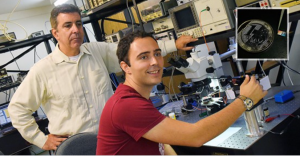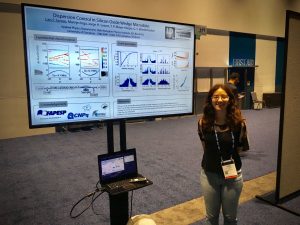A method to fabricate GaAs microcavities using only a soft mask with an electrolithographic pattern in an inductively coupled plasma etching is presented. A careful characterization of the fabrication process pinpointing the main routes for a smooth device sidewall is discussed. Using the final recipe, optomechanical microdisk resonators are fabricated. The results show very high optical quality factors of Qopt > 2 × 105, among the largest already reported for dry-etching devices. The final devices are also shown to present high mechanical quality factors and an optomechanical vacuum coupling constant of g0 = 2π × 13.6 kHz enabling self-sustainable mechanical oscillations for an optical input power above 1 mW.
Several postdoc positions available at our group!
Please check our post-doc Opportunities. Application deadline coming up soon in late October and early November!
Brillouin optomechanics tutorial is out!
Brillouin optomechanics in nanophotonic structure
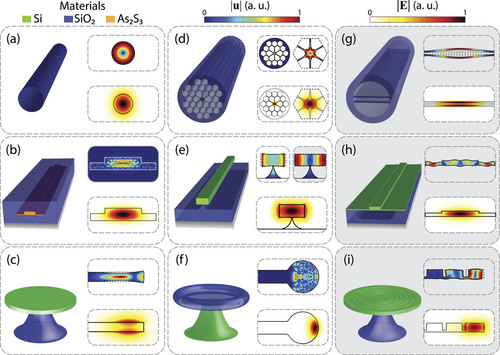
2019 grants started!
We are happy to announce our recent grant applications were approved by FAPESP! These grants should ensure solid funding for the next several years. Soon we will announce available positions!
- Non-Classical States of Light on Chips: FAPESP Young Researcher Award – PI Felippe Barbosa
- Nonlinear nanophotonics circuits: building blocks for optical frequency synthesis, filtering and signal processing : FAPESP Young Researcher Award 2 – PI Gustavo Wiederhecker;
- Optomechanical Cavities Towards Single Photon Strong Coupling: FAPESP Young Researcher Award 2 – PI Thiago Alegre;
Group picture – May 2019

From left to right:
Newton F., Antônio V., Natalia C., Felippe B., Michäel M., Gustavo W., Pierre A., Marvyn I., André P., Cauê M., Caíque R., Ana Luisa, Pedro P., André M., Gustavo P., Roberto Z., Rodrigo B., Yovanny V., Carol V., David B., Thiago A.

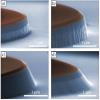
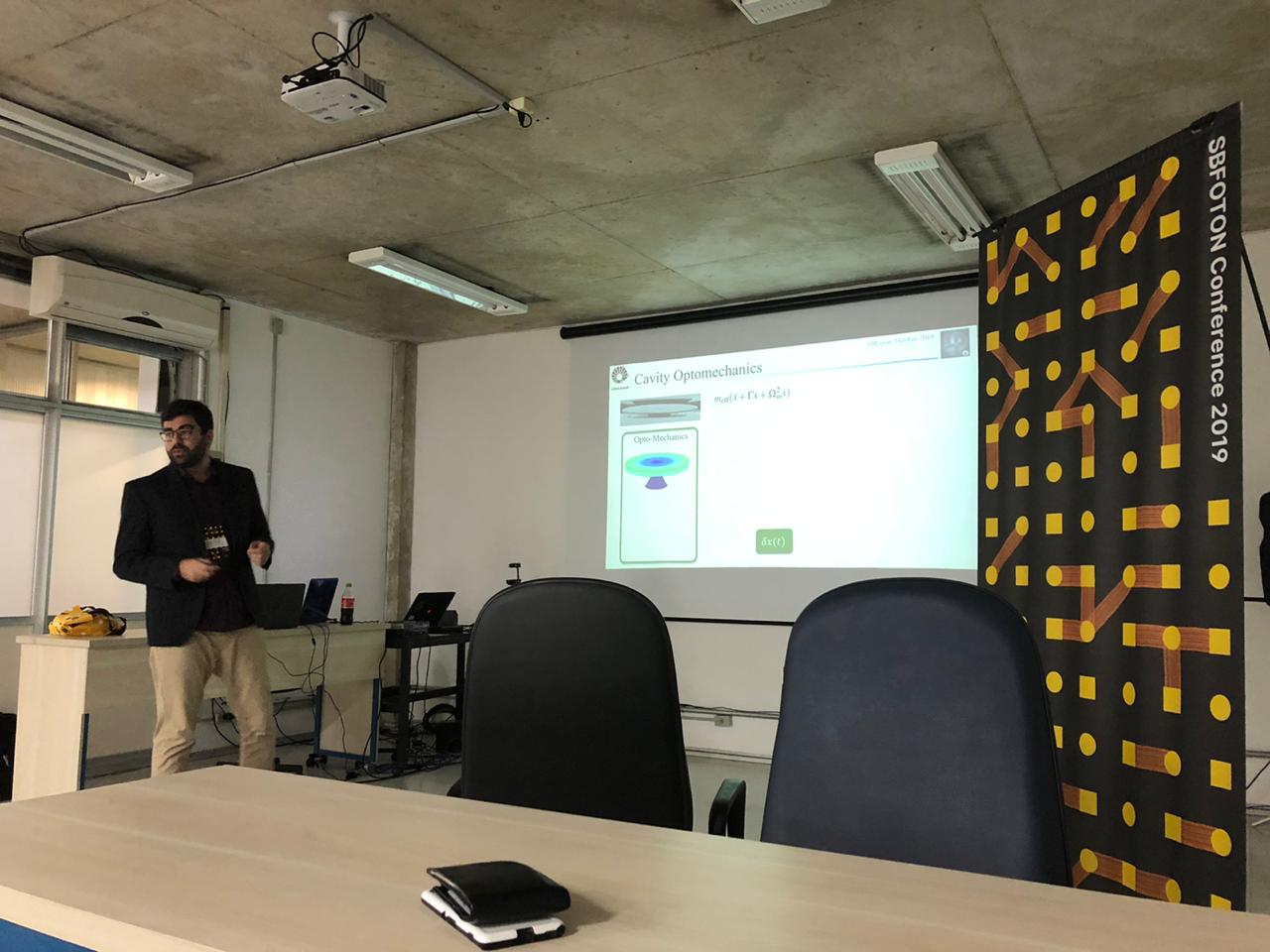
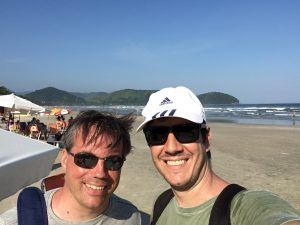 It was great to host Prof. Michäel Menard for the past few months at Unicamp through his sabbatical leave! Can’t believe three months have already gone and its time for him to go back . The picture shows that we can’t only leave of science!
It was great to host Prof. Michäel Menard for the past few months at Unicamp through his sabbatical leave! Can’t believe three months have already gone and its time for him to go back . The picture shows that we can’t only leave of science!